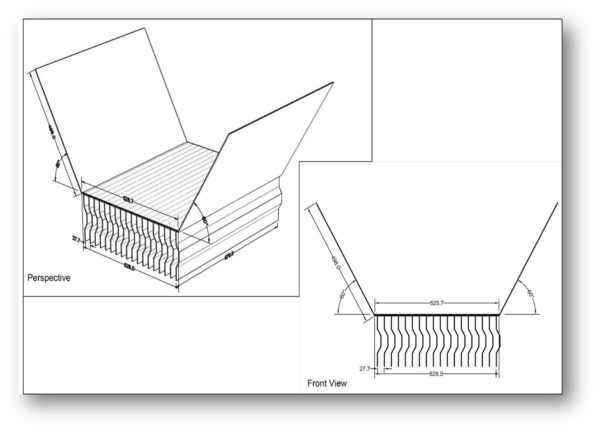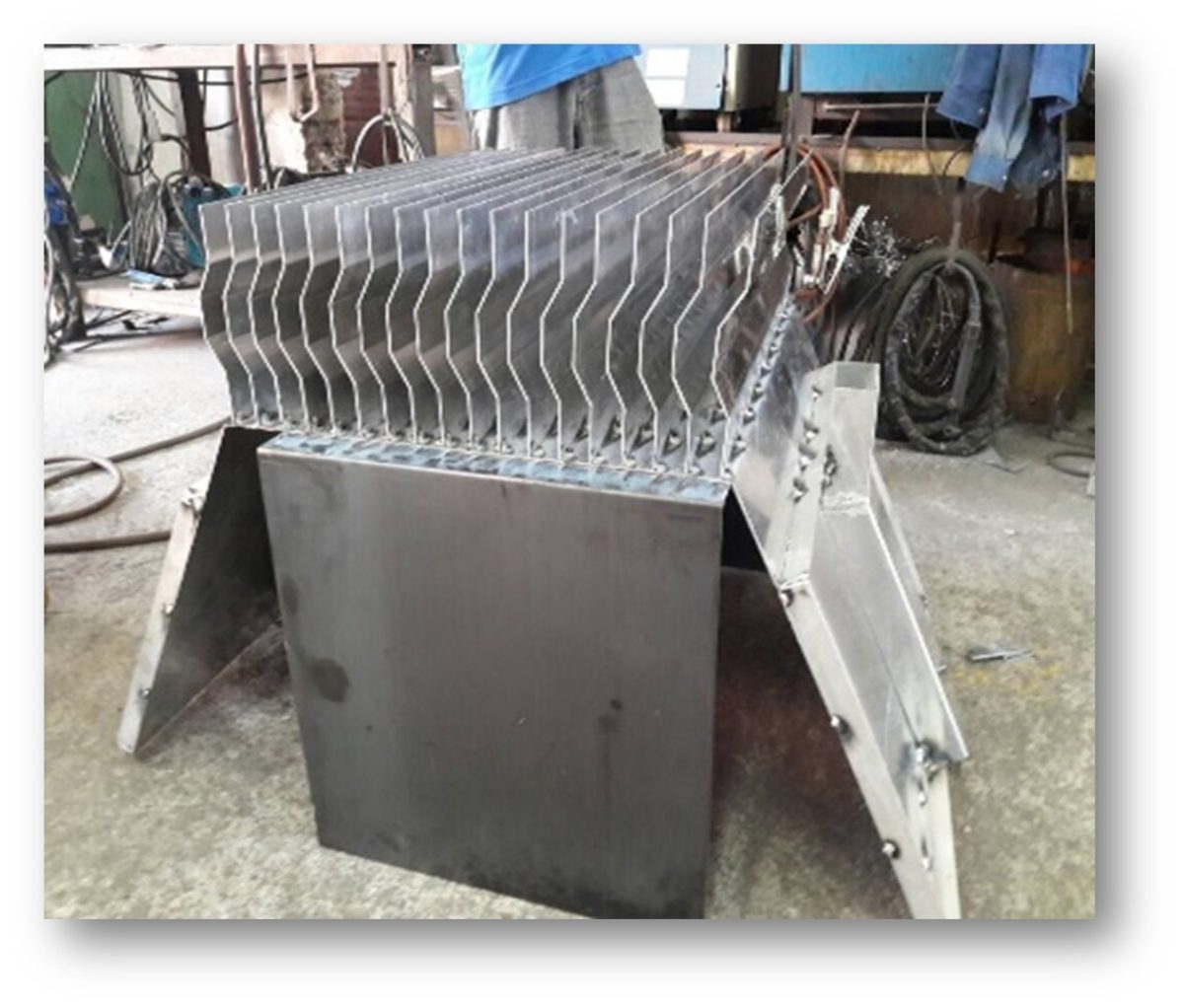Researchers from the Solar Energy Research Institute (SERI) at the Universiti Kebangsaan Malaysia have developed a new passive technology to keep solar panels cool. They claim their new tech can reduce operating temperatures by up to 26 C.
The system is based on the use of fin heat sinks and is designed in two configurations, with lapping and longitudinal fins. The scientists tested it with three different 40 W PV modules installed at a tilt angle of 14 degrees. Two of the modules were equipped with two different cooling techniques and a third module was used as a reference panel without cooling.
For both systems, the optimum fin height was 200 mm. A planar reflector was also used to increase the solar irradiance, which in turn raised the solar panel temperature.
The researchers collected data with a data logger and an I-V tracer. They also used a pyranometer and thermocouples to validate the numerical simulation. “Output power was logged at an interval of every one minute,” they said. “The data of the current-voltage, the output power and PV module temperature were simultaneously recorded.”
The measurements helped the researchers to understand that the ideal number of fins for lapping and longitudinal fin heat sinks are 18 and 15, respectively. The first of the two configurations was the most efficient in cooling down the module.
“Passive cooling with lapping fins demonstrate the best performance with mean PV module temperature 24.6 C lower than the reference PV module, with the achieved electrical efficiency and power output are as high as 10.68% and 37.1 W,” they said.
The electrical efficiency was 10.7% for the second configuration, while output power reached 30.65 W. “Under the same experimental conditions, the temperature achieved by the PV module with longitudinal and lapping fins heat sink are 23.8% and 35.3% respectively lower compared to the bare PV module temperature without cooling,” the scientists said.
They also conducted a life cycle cost analysis (LCCA) of the two cooling techniques. The reference module without cooling was the most efficient and also the cheapest, with an overall PV module payback time of 4.2 years, compared to five years for longitudinal fins. The payback time for the PV module without cooling came in at 8.4 years.
“Therefore, cooling PV module using passive technique particularly with lapping fins design is concluded as the preferred option over longitudinal fins design due to its simplicity and low-cost,” the scientists concluded.
They described the cooling techniques in “Experimental and Economic Analysis of Passive Cooling PV Module using Fins and Planar Reflector,” which was recently published in Case Studies in Thermal Engineering.
This content is protected by copyright and may not be reused. If you want to cooperate with us and would like to reuse some of our content, please contact: editors@pv-magazine.com.




Hi i have 2 old solar water panel heaters that have refrigeration fins on the bottom of them and i really want to know what these are for. i can send a photo of these through. Would you have any idea and should these be at the bottom or the top ? i mean given the panel would usually be at an angle. Really hoping you can help me on this.
Cheers.
Jon from New Zealand